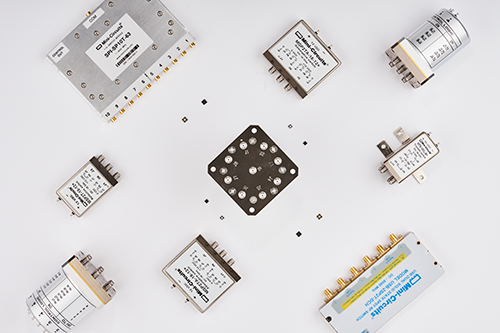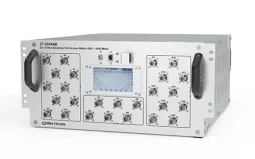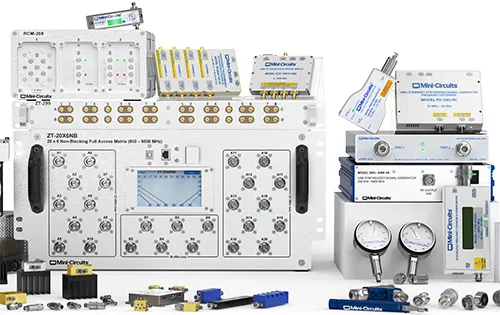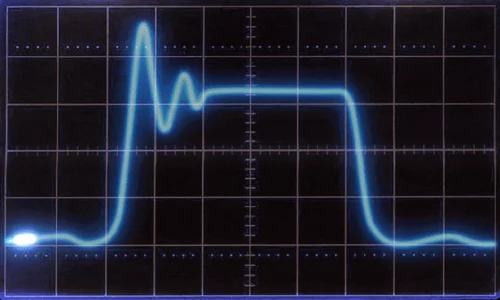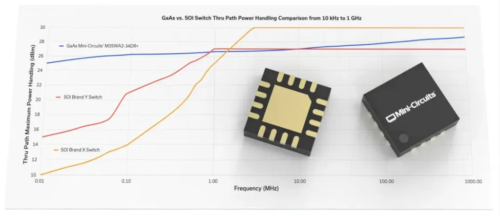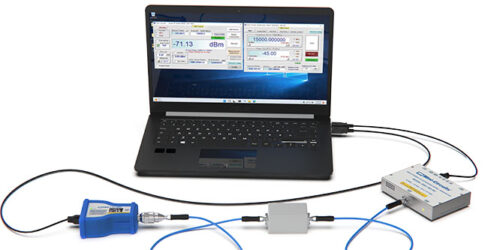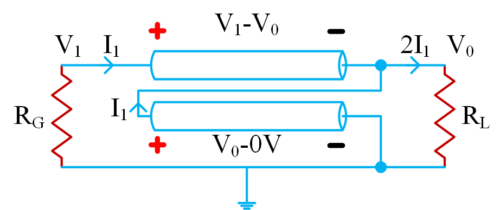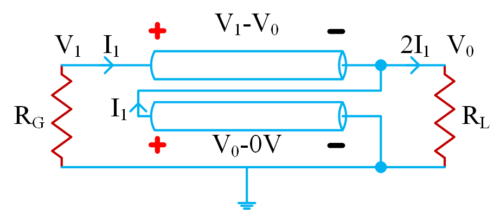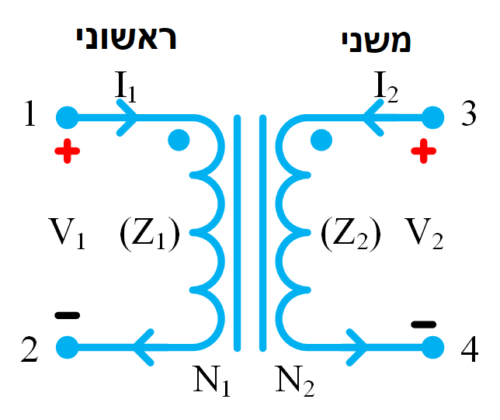Switch Matrix Configurations
For RF Signal Routing
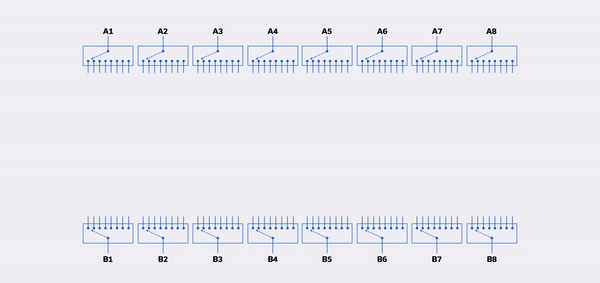
A Switch matrix is an essential tool for control of RF signal routing in any environment where there is a recurring need to change how systems interconnect. The addition of Ethernet and USB interfaces with flexible software and APIs (application programming interfaces) makes switch matrices particularly useful in automated test environments, allowing test sequences to be scheduled to run with no user intervention, switching between multiple devices under test (DUT), input / output ports and test equipment.
Our new blog series aims to summarize the different switch matrix variations available to the user, along with the key considerations, specifications and benefits of each approach.
Read the 4 parts below

RF Blocking Switch Matrices
In this installment of our series on RF switch matrices, we’ll explore the features and functions of blocking switch matrix configurations. We will discuss the advantages and trade-offs for this…
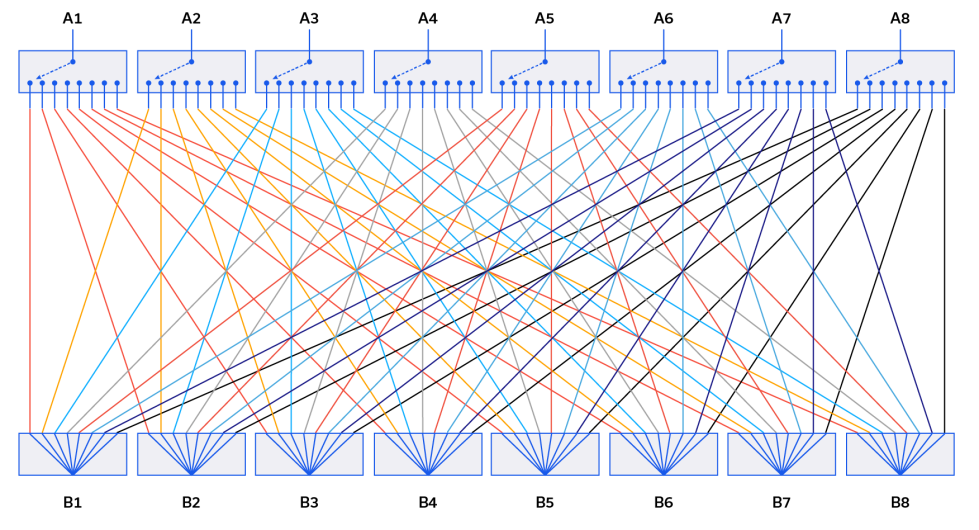
RF Non-Blocking Switch Matrices
In this article, we discuss the features and functions of non-blocking switch matrices, including fan-in and fan-out configurations. Advantages, trade-offs and common applications of each will be…

RF Full Fan-Out Matrices
In this article, we’ll examine the fully non-blocking or “full fan-out” matrix configuration in which all inputs are connected simultaneously to all outputs via splitter/combiners, sometimes with…
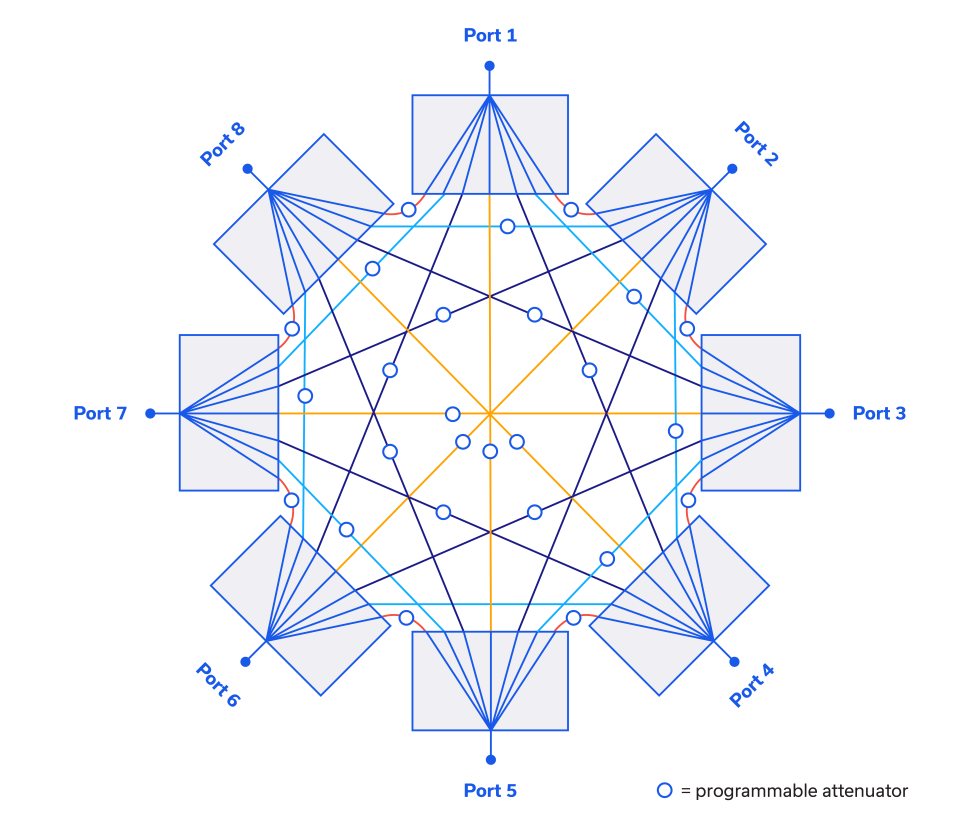
Mesh Network Emulators
A mesh network is a wireless network architecture in which three or more devices, also called nodes, are all connected to each other. Every node in the mesh network is able to communicate with some or all of the…


